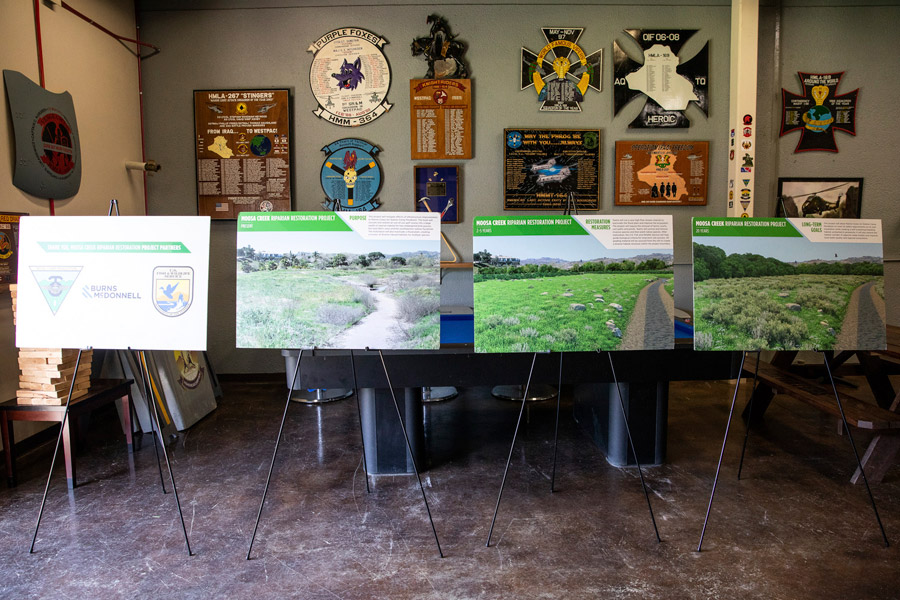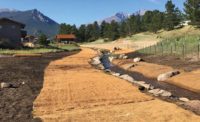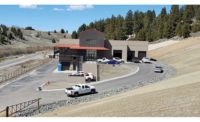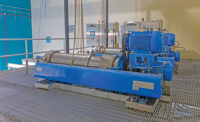Moosa Creek Riparian Restoration Project
San Diego, Calif.
BEST PROJECT
Submitted By: Burns & McDonnell
Lead Design Firm/Engineer/Contractor: Burns & McDonnell
The Marine Corps Air Station (MCAS) Camp Pendleton partnered with Burns & McDonnell to offset the habitat loss of two federally endangered bird species — the least Bell’s vireo and southwestern willow flycatcher — due to necessary infrastructure and safety improvements at the air station. The restoration site was designed to expand bird habitats and support regional wildlife.
The Moosa Creek Riparian Restoration Project involved the regrading and re-contouring the 67-acre property and the removal of existing amenities and infrastructure, such as golf cart pathways and bridges, parking lots, tennis and bocce ball courts and abandoned wells and structures. The project improved an existing flood plain, creating a mosaic of natural habitats for multiple species. It also extended the habitat corridor of adjacent water bodies and improved local water quality and ecosystems.
Burns & McDonnell coordinate the acquisition of multiple permits prior to the start of start of the project in 2021. As the project site is located within a Federal Emergency Management Agency (FEMA) Flood plain, special engineering models were prepared to compare pre- and post-project flood elevations to ensure there weren’t detrimental off-site floodplain impacts. These models created a feedback loop between project engineers and project biologists to jointly model flood elevations, groundwater elevations and environmental outcomes and restoration objectives.

Photo courtesy Los Angeles Dept. of Water and Power
Abandoned wells, old pipes, bridges and cart paths were a few of the obstacles found on the out-of-use golf course that posed permitting and construction challenges. Adjustments to the design of the project had to continually account for these unexpected items to keep the flood, groundwater and biological models synchronized. Design and engineering teams had to frequently communicate every step of the way to see that both restoration objectives were met and that the project was on-schedule and budget.
While the project is considered a conservation site and not open to the public, San Diego County acquired remaining portions of the golf course and plans are underway for trails, playgrounds and other activities. As an added environmental benefit, the project is considered soil-neutral, which means the restoration project is focusing on reusing materials throughout the site to create the planned habitats. In addition, the project also extends the habitat corridor of the adjacent San Luis Rey River and helps improve local water quality and regional ecosystems, benefitting the community.






Post a comment to this article
Report Abusive Comment